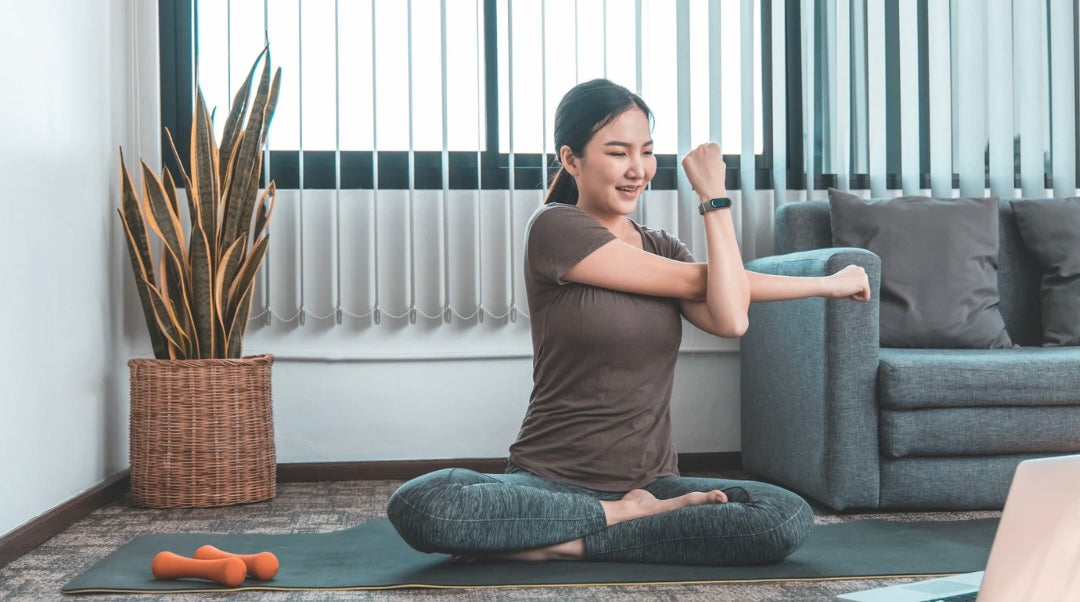Introduction
This article navigates the realm of low impact exercises, steering away from specific activities like yoga and Pilates to explore the broader landscape of low impact workouts. We delve into the appeal of low impact workouts. Driven by the need to avoid pain during traditional exercise or the strategic choice of "training smart" to safeguard joints. The discussion dissects common approaches and gets in to how these low impact workouts are just kicking the can down the road. Emphasizing a more thought-out approach to low impact exercises, and introduces the Functional Patterns Approach aimed at optimizing fundamental movements.

Before we get started
Before we delve into our discussion, I'd like to direct your attention to some of the articles we've already written about topics traditionally classified as low impact, such as yoga, Pilates, cycling, and more. You can find the links below this article. In this article, we won't get into the shortcomings of these specific activities, as we've already covered those in previous articles. Our goal here is to discuss low impact exercises, including low impact cardio workouts, low impact workouts, and low impact exercises, in a more general sense.
What is the appeal of low impact exercise?
Why are people looking for them? Well, there are a few reasons, with the most significant being that individuals are often unable to engage in more strenuous exercises due to pain. Yes, they are compelled to opt for low impact exercises, including low impact cardio workouts. If they attempt anything else, they end up experiencing pain and discomfort. Another reason is "training smart." The thought process here usually revolves around observing others engaging in traditional exercises and witnessing them endure pain. Consequently, individuals seek to protect their joints as much as possible by opting for low impact cardio workouts to stay in shape. Sounds sensible, right? Let's break them down a little.

Low Impact Exercise to Avoid Joint Pain
The challenge here is that there's often no attempt to address the underlying issues causing joint pain during more demanding activities. Over time, the rehab industry has struggled to effectively solve pain issues in the human body. This leads many to believe that if they experience pain while running, for instance, they are now simply unable to run and must opt for less compressive activities like low impact swimming. In reality, the approach should involve understanding the gait mechanics causing pain while running. When executed correctly, individuals could potentially run without any pain.
Low Impact Exercise to Avoid Future Pain
This perspective is understandable. Observing people in traditional workouts can indeed make it seem painful. However, the solution isn't necessarily turning to low impact workouts but rather finding a training system designed to enhance human movement for optimal performance.
What to Do?
The positive aspect is that we can enjoy the benefits of low impact exercises, including low impact cardio workouts and low impact workouts, while simultaneously addressing dysfunctional movement patterns. This allows individuals to reap the advantages of higher-impact movements such as running and throwing. The key is to be strategic in choosing low impact workouts.

Footage from at Functional patterns online programs walking you through exercises.
The Functional Patterns Approach
At Functional Patterns, our goal is to optimize the first Four: standing, walking, running, and throwing. Improving these foundational movements translates benefits to all other activities. To kickstart your journey, consider enrolling in the Functional Patterns 10-week course. This program is an extremely low impact, high-result initiative designed to help you address structural dysfunctions that may be contributing to pain.

Results doing functional patterns
Conclusion
The quest for low impact exercises is often driven by the need to alleviate existing joint pain or prevent future discomfort. However, the prevailing approach of simply substituting high-impact activities with low impact alternatives falls short in addressing the root causes of pain. Rather than just accepting that certain activities are off-limits and opting for a less demanding workout, a more effective strategy involves understanding and correcting dysfunctional movement patterns.
The Functional Patterns approach presented here emphasizes optimizing fundamental movements—standing, walking, running, and throwing—to not only reap the benefits of low impact exercises but also pave the way for improved performance in higher-impact activities. Rather than settling for a workaround, such as avoiding running due to pain, the emphasis is on identifying and rectifying structural dysfunctions through the Functional Patterns 10-week online course.
By addressing the underlying issues, individuals can transcend the constraints of traditional low impact exercises, enjoying the advantages of both reduced joint stress and improved movement possibilities. In essence, the key lies in working smartly at fixing the biomechanical dysfunctions leading to pain so you can move well in any situation.
Take a look at some of our other articles:
Top five reasons yoga is overrated?
Move Better to Lose Weight: Where Pilates Misses the Mark and What to do Instead





